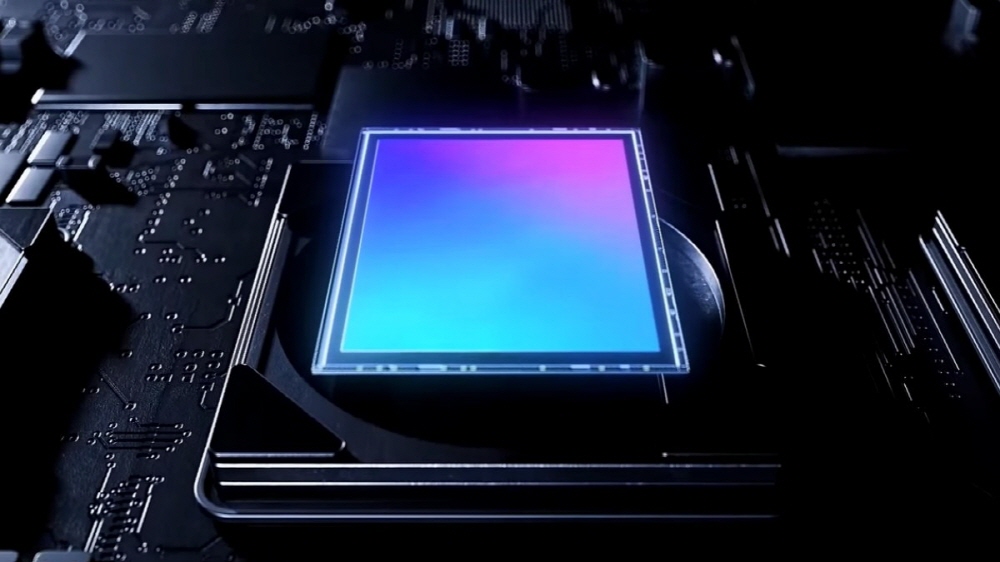
On April 21 (local time), Samsung Electronics mentioned its future development plan for a semiconductor image sensor that converts collected light into electric signals, and announced that it aims to reach 600 million pixels in terms of the number of pixels.
Most of today’s digital camera and smartphone flagship models are equipped with image sensors up to tens of millions of pixels. Samsung Electronics has increased the number of pixels in the image sensor to 108 million pixels in the latest model, but this time, it can be said that it has expressed a willingness to further promote such a higher pixel. Of course, as miniaturization such as smartphones is required, the sensor size must also be miniaturized, which is also a big obstacle to high-pixel resolution.
Yong-in Park, vice president of the system LSI division at Samsung Electronics, points out that the image sensor for smartphones needs to be reduced in size to fit the main body, and that the image may be blurred if high pixels are advanced. In order to solve this problem in the development process, it is important to balance the number of pixels and image quality, and this requires certain technical skills. In fact, Samsung Electronics developed a 64 million-pixel image sensor in May 2019, and the ISOCELL Bright HM1 (ISOCELL Bright HM1), a 108 million-pixel image sensor half a year later. It was installed in the 5G smartphone Galaxy S20 Ultra. This sensor has raised the sensitivity of receiving pixels and is appealing that it can handle shooting in dark places by treating 3×3 pixels as 1 pixel.
Of course, even an image sensor equipped with this technology says that it is difficult to take pictures that the human eye cannot grasp. For this reason, it is said that the resolution of the human eye is about 500 million pixels by proceeding with higher pixels, and that it will develop a 600 million pixel image sensor to exceed that.
In addition, regarding the market, it also revealed that the image sensor will enable the use of IoT and drones in earnest. In addition to the visible light that can be grasped by the human eye, it is also reviewing sensors that can record odors and tastes beyond image sensors and sensors that can record. Such a sensor will be able to detect microorganisms that cannot be grasped by the human eye. In this way, Samsung Electronics plans to continue developing image sensors that respond to various fields in the future. Related information can be found here .


